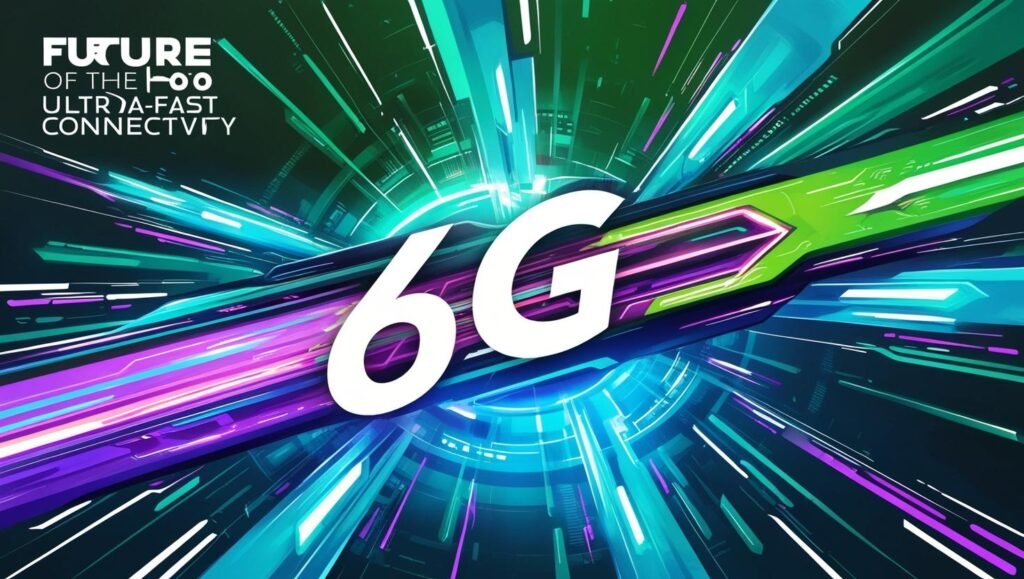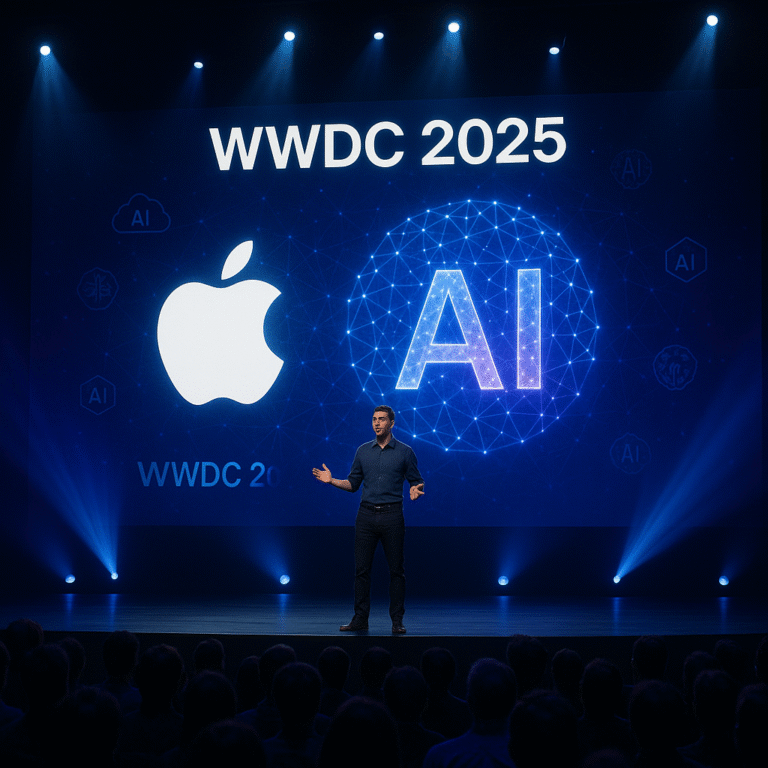
Introduction: The Dawn of 6G Technology
With 5G networks still rolling out globally, 6G technology is already making waves in the tech world. Promising ultra-fast speeds, near-zero latency, and unparalleled connectivity, 6G is set to revolutionize industries, from AI-driven automation to holographic communications.
But what exactly is 6G, and how does it differ from 5G? In this article, we explore 6G technology, its potential applications, and how it will shape the future of connectivity.
What is 6G?
6G is the sixth-generation wireless technology expected to succeed 5G. While 5G brought multi-gigabit speeds and low latency, 6G aims to take it even further, delivering:
Speeds up to 1 Tbps (terabit per second) – 100x faster than 5G
Latency as low as 1 microsecond – nearly instantaneous response times AI-powered network optimization – smarter, self-learning networks
Holographic and immersive experiences – real-time VR, AR, and XR
Integration with AI, IoT, and quantum computing
Experts predict that 6G networks will be available for commercial use by 2030, but early testing has already begun.
How 6G Will Change the World
1. Hyper-Fast Data Transmission
6G will enable real-time ultra-HD streaming, AI-powered processing, and instant cloud computing, making devices significantly faster and more efficient.
2. AI-Driven Networks
Unlike previous generations, 6G will integrate artificial intelligence (AI) at its core, allowing networks to self-optimize and self-heal without human intervention.
3. Smart Cities & IoT Revolution
6G will connect billions of IoT devices in smart cities, leading to:
Fully autonomous transportation, AI-powered infrastructure, Real-time air quality monitoring!
🔗 Read more about AI-powered infrastructure here: Revolutionary AI Technologies of 2025
4. Immersive XR & Holographic Communications
With near-zero latency, 6G will introduce holographic calls, 3D meetings, and true-to-life virtual experiences—perfect for gaming, education, and business collaboration.
5. Revolutionizing Healthcare
6G will power remote robotic surgeries, AI-powered diagnostics, and real-time patient monitoring, transforming healthcare accessibility and efficiency.
6. Space & Underwater Connectivity
Unlike previous networks, 6G will expand connectivity beyond Earth’s surface, enabling global satellite internet and deep-sea communications.
Comparison: 6G vs. 5G vs. 4G
| Feature | 4G | 5G | 6G (Expected) |
|---|---|---|---|
| Max Speed | 1 Gbps | 10 Gbps | 1 Tbps |
| Latency | 50ms | 1ms | 1 microsecond |
| Connectivity | 10,000 devices/km² | 1 million devices/km² | 10 million devices/km² |
| AI Integration | No | Limited | Fully AI-powered |
| Holographic Communication | ❌ No | ⚠️ Experimental | ✅ Yes |
| Quantum Internet Support | ❌ No | ❌ No | ✅ Yes |
Challenges & Roadblocks to 6G Adoption
Infrastructure Costs – 6G requires an entirely new network architecture
High Power Consumption – Energy efficiency is a major challenge
Regulatory & Security Concerns – Managing data privacy and cybersecurity threats
Device Compatibility – Existing devices will not be 6G-ready, requiring new hardware
When Will 6G Become Available?
2025-2027 – Early testing & research
2028-2029 – Prototype networks & trials
2030+ – Full-scale 6G deployment
Major players like Samsung, Huawei, Nokia, and Qualcomm are already investing heavily in 6G research to bring this next-gen connectivity to life.
🔗 Learn how AI is shaping future technologies: Tech Innovations of 2025

Conclusion: Is the Future 6G-Ready?
6G will redefine how we connect, bringing AI-powered networks, holographic experiences, and ultra-fast data transfer. While it is still in development, the foundation is being laid for a fully connected, intelligent future.
What do you think about 6G technology? Are we ready for this ultra-fast future? Let us know in the comments! 🚀



